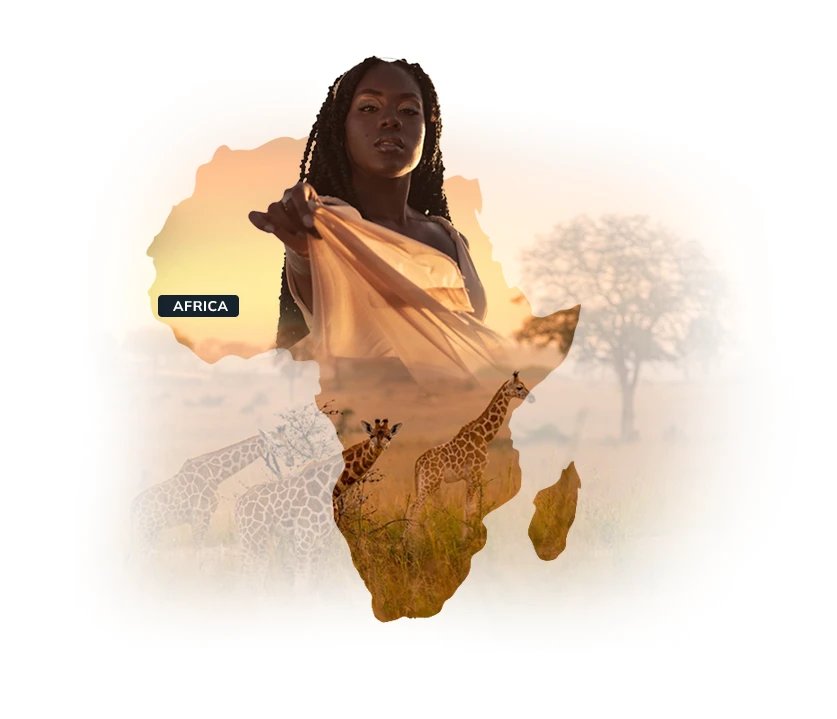Striking natural beauty, gorgeous beaches and captivating wildlife encounters.
 Explore KwaZulu-Natal, from the stunning beaches to the incredible wild landscapes
Explore KwaZulu-Natal, from the stunning beaches to the incredible wild landscapes
KwaZulu-Natal (often abbreviated to simply KZN) is the name given to the “garden province” of South Africa. Located on the east coast of the country with the warm Indian Ocean waters lapping at its shores, KwaZulu-Natal was formed in 1994 when the non-independent black state of KwaZulu, home of South Africa’s Zulu people, merged with the Natal province after Apartheid.
Bordering Mozambique, Lesotho and Eswatini (formerly Swaziland), the region is comprised of big cities, such as Durban and Pietermaritzburg; rugged stretches of coastline and surfer beaches along the Elephant Coast; the domineering mountain ranges of Drakensberg (Mountains of Dragons); as well as Big Five sightings at Hluhluwe Game Reserve.
Hluhluwe Game Reserve, also known as Hluhluwe-iMfolozi Park, is Africa’s oldest nature reserve and an excellent safari destination. Early morning game drives are the best times to spot big cats, such as lions and cheetahs, whereas dusky evenings provide great chances for herbivore sightings and birdwatching - 340 species call this reserve home.
Once you’ve had your fill of mammals and birds, head down to the seafront for encounters with marine life. Formerly known as the Maputaland Coast, the natural beauty of the Elephant Coast is one of South Africa’s true gems.
Here, you’ll find gorgeous beaches, watersports and more wildlife-watching opportunities. Take a trip to the iSimangaliso Wetland Park, Lake St Lucia and Kosi Bay, which offer a taste of what the landscape looked like in pre-colonial Africa.
Popular activities around the Elephant Coast include fishing, boat trips, snorkelling and scuba diving, turtle tracking, horse riding and other walks and tours. Make sure you try some of the food in this region, especially locally caught seafood, which combines local Mabini flavours with Portuguese, British, and Dutch colonial influences.
If you’d like to learn more about the local culture, take a trip to see the San paintings found in caves and rocky formations all around KwaZulu-Natal – these are some of the most ancient examples of human art on Earth.
From the dramatic peaks of the Drakensberg escarpment to the tropical beaches along the Indian Ocean, a trip to KwaZulu-Natal offers an array of stunning landscapes, wildlife-watching opportunities and interactions with local cultures.
When to go to KwaZulu-Natal
KwaZulu-Natal has sunshine all year and a sub-tropical climate, including humid summers between October and April, and mild winters between May and September. However, with such varied topography (Drakensberg has peaks reaching 3,000 metres), you will find both cooler and warmer weather in different areas of the large province.
There are also a lot of fun festivals and events happening in the region throughout the year, which you may wish to look out for. The Dusi Canoe Marathon from Pietermaritzburg and Durban takes place across three days in February, Grape Crushing Festival helps produce the local wine in April and the famous Sardine Run (the “Greatest Shoal on Earth”) in June sees millions of sardines - followed by dolphins, sharks and whales – migrate along the coast.
WEATHER CHART:
- Excellent
- GOOD
- poor
Need to chat?
Find out more and tailor your perfect trip with the help of our specialist team
Enquire OnlineMore South Africa travel inspiration from Wayfairer customers and travel specialists

13 Things To Do In Cape Town with Kids
September 16, 2025
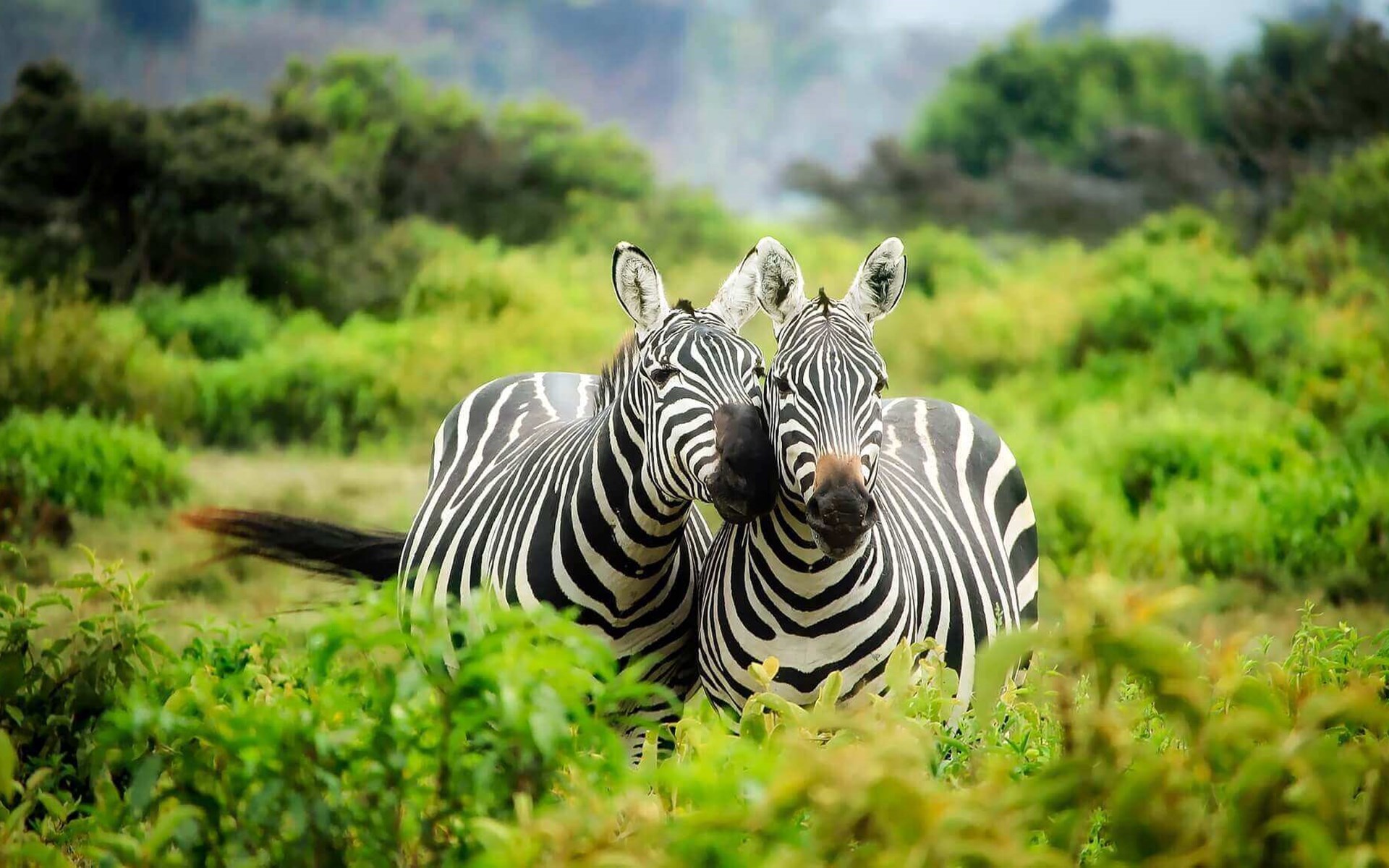
12 Places to Go for the Best Safari in Africa
October 13, 2025
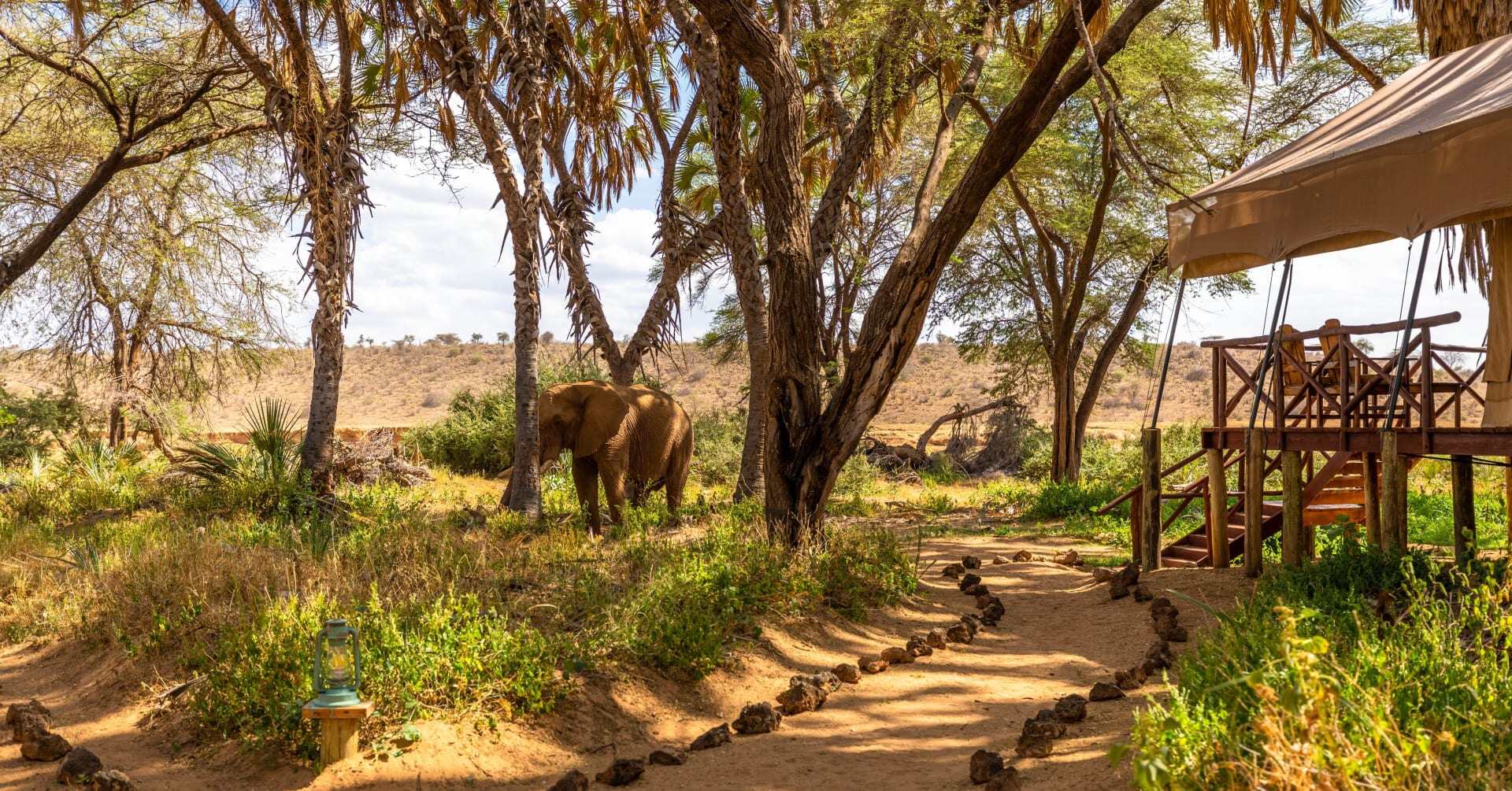
Luxury Safari Experiences: 8 Incredible Destinations
February 21, 2025
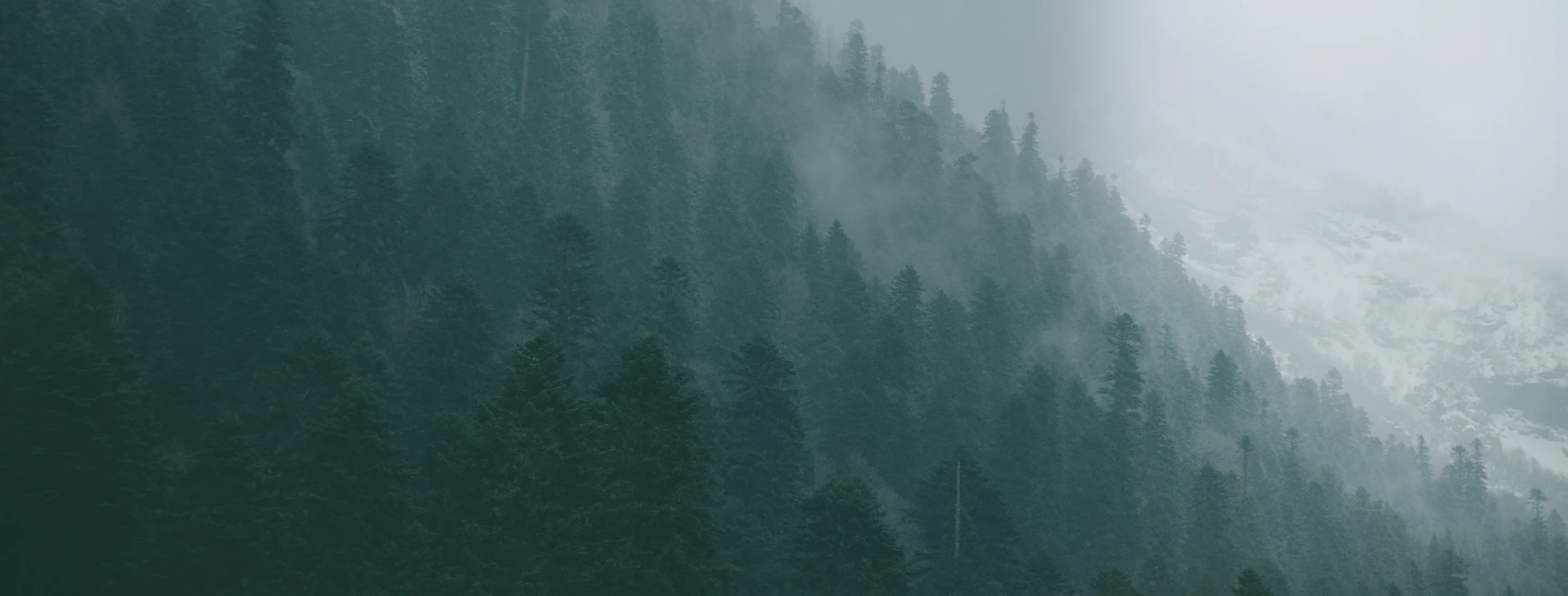
Sign up to our newsletter
For more travel inspiration delivered straight to your inbox just fill in your details here
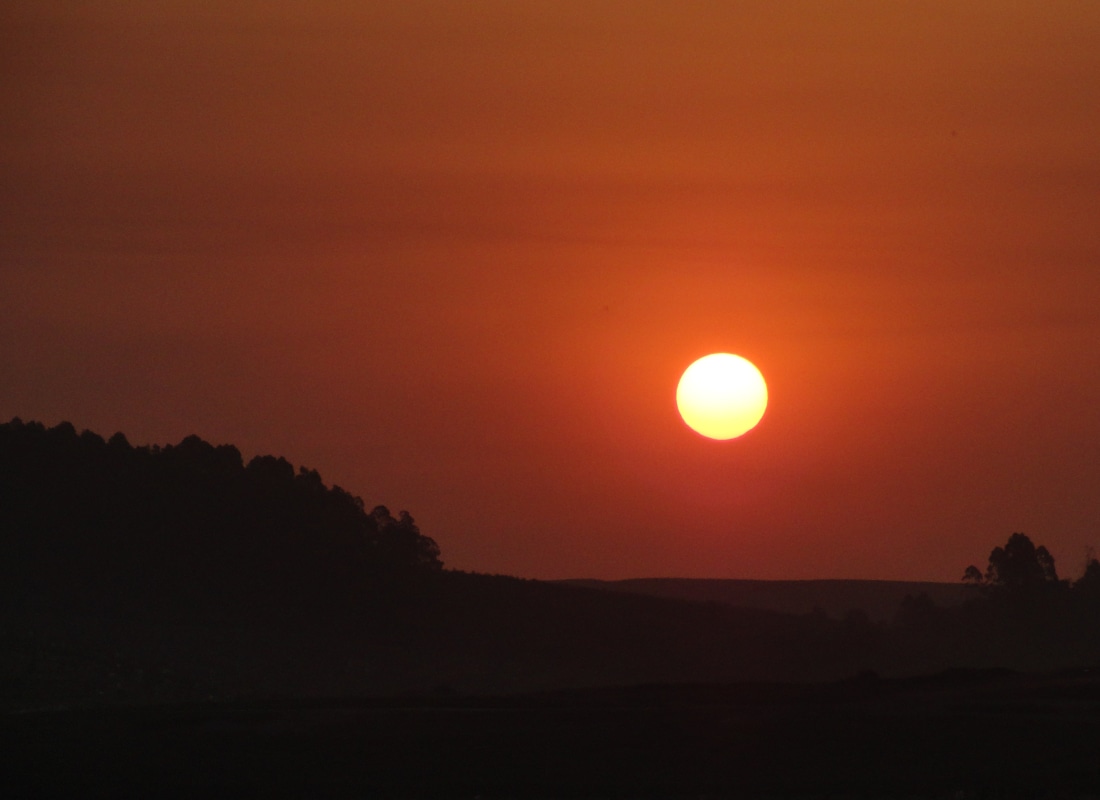
Start planning your luxury South Africa holiday today
We're looking forward to hearing from you
